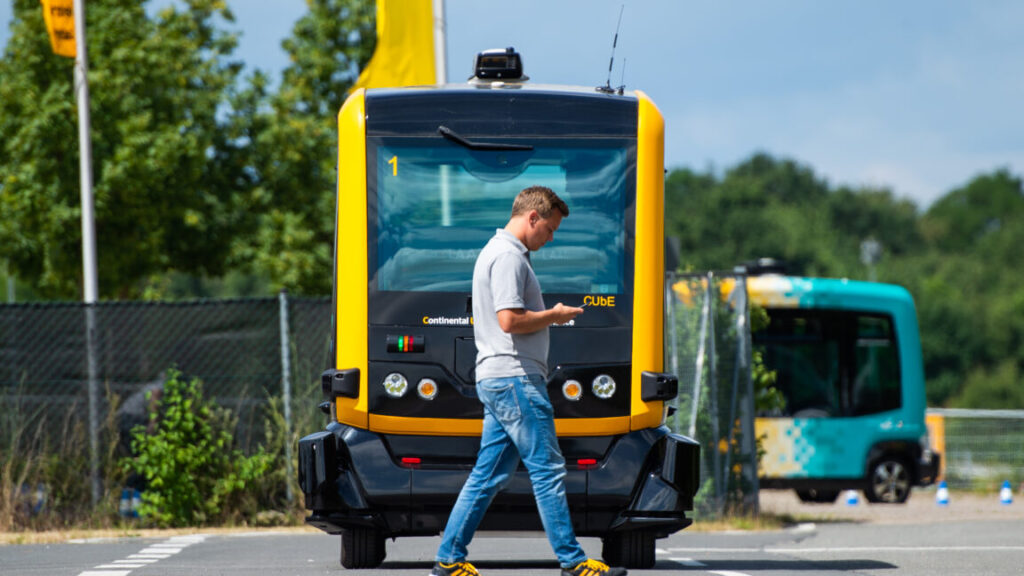Automatic braking systems save lives. Now they’ll need to work at 62 mph.
Otherwise, drivers will get mad. “The mainstream manufacturers have to be a little careful because they don’t want to create customer dissatisfaction by making the system too twitchy,” says Brannon, at AAA. Tesla drivers, for example, have proven very tolerant of “beta testing” and quirks. Your average driver, maybe less so.
Based on its own research, IIHS has pushed automakers to install AEB systems able to operate at faster speeds on their cars. Kidd says IIHS research suggests there have been no systemic, industry-wide issues with safety and automatic emergency braking. Fewer and fewer drivers seem to be turning off their AEB systems out of annoyance. (The new rules make it so drivers can’t turn them off.) But US regulators have investigated a handful of automakers, including General Motors and Honda, for automatic emergency braking issues that have reportedly injured more than 100 people, though automakers have reportedly fixed the issue.
New complexities
Getting cars to fast-brake at even higher speeds will require a series of tech advances, experts say. AEB works by bringing in data from sensors. That information is then turned over to automakers’ custom-tuned classification systems, which are trained to recognize certain situations and road users—that’s a stopped car in the middle of the road up ahead or there’s a person walking across the road up there—and intervene.
So to get AEB to work in higher-speed situations, the tech will have to “see” further down the road. Most of today’s new cars come loaded up with sensors, including cameras and radar, which can collect vital data. But the auto industry trade group argues that the Feds have underestimated the amount of new hardware—including, possibly, more expensive lidar units—that will have to be added to cars.
Brake-makers will have to tinker with components to allow quicker stops, which will require the pressurized fluid that moves through a brake’s hydraulic lines to go even faster. Allowing cars to detect hazards at further distances could require different types of hardware, including sometimes-expensive sensors. “Some vehicles might just need a software update, and some might not have the right sensor suite,” says Bhavana Chakraborty, an engineering director at Bosch, an automotive supplier that builds safety systems. Those without the right hardware will need updates “across the board,” she says, to get to the levels of safety demanded by the federal government.
Automatic braking systems save lives. Now they’ll need to work at 62 mph. Read More »
